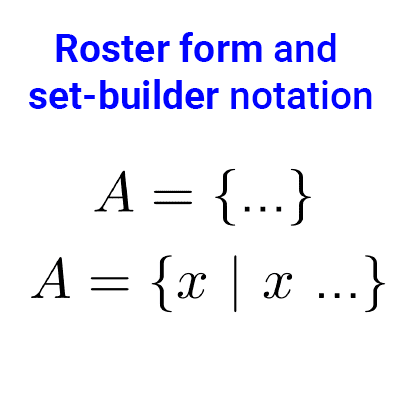
Set in Math
In this article we explain what a set is, its symbology, the ways of expressing its elements and some examples of them.
Table of Contents
What is a set?
A set is a well-defined collection or grouping of objects that can be of a concrete nature (numbers, people, animals, etc.) or of an abstract nature (ideas, concepts, etc.). The objects that form the set are called elements. Belonging is the relationship that an element has with a set, being able to be part of it or not.
Sets are symbolized with uppercase letters A, B, C, D, etc. The elements are denoted by lowercase letters a, b, c, d, etc. To indicate, for example, that the element "a" belongs to set A, we write a ∈ A; if we want to indicate that "a" does not belong to set A, we write a ∉ A.
Any kind of elements can belong to the same set, without the need for them to be of the same nature or with similar characteristics. For example, there can be a set formed by numbers and elephants, even though they have no relationship with each other. However, in mathematics, sets are commonly used to organize and classify elements according to their common properties and to establish relationships between them.
Expressing the elements that compose a set is known as defining the set. We have two ways of doing this, one more explicit than the other:
- Roster form: consists of writing explicitly the elements that make up the set separated by commas and within braces. This form is also called enumeration or listing method.
- Set-builder notation: consists of stating the properties that the elements of the set fulfill. This form is also called method of comprehension or abstraction.
Examples
- The set of the first three letters of the alphabet is A = {a, b, c}
- B = {1, 2, 3, 4, 5, 6, 7, 8, 9, 10} is the set of the first ten natural numbers.
- C = {-1, 1} is the set formed by the elements "1" and "-1".
- D = {n, d, m, u, o} is the set formed by the letters of the word "mundo".
- The set of primary colors is {red, blue, yellow}.
- The set of seasons of the year: E = {spring, summer, autumn, winter}.
- The set of even integers can be expressed by comprehension as P = {x | x is an integer and even}.
- The set of all real numbers is symbolized as *\mathbb{R}.*
- {x | x is real and x≥6} is the set of all real numbers that are greater than or equal to 6.
- Q = {x | x is a square} is the set of the infinite squares of geometry.
It is evident that expressing a set by listing is only possible when we have a finite and reasonably small number of elements (examples 1 to 6). Since in mathematics most sets we work with are infinite, set-builder notation (examples 7 to 10) is more commonly used.
In sets defined by listing, the order in which the elements are written does not matter, nor do repetitions matter. For example, the set {a, b, c} = {c, a, b} = {a, a, c, b, c}.
Venn diagrams
Sets can be graphically represented by the so-called Venn diagrams. In these diagrams, the universal set U is represented by a rectangle, and within it, the different sets with their elements are drawn using circles.
From the following example, we can extract that we have two sets, one is A = {a, b, c} and the other is B = {e, f}.
FAQs
When is a set well-defined?
A set is well-defined when it is possible to clearly determine which elements belong to the set and which do not. There should be no ambiguity or repetition in the description of the elements that are part of the set.
How are sets symbolized?
Sets are usually represented using uppercase letters, and their elements are listed within braces. For example, the set A of natural numbers less than 5 can be represented as A={1,2,3,4}.
How are sets represented?
Sets can be described in several ways:
1. Roster form: explicitly enumerating all their elements.
2. Set-builder notation: specifying the properties that the elements of the set must fulfill.
3. Venn Diagrams: using circles or regions to represent sets and their intersections.
What are the types of sets?
There are several types of sets, some of which include:
-Finite set: has a finite number of elements.
-Infinite set: has an infinite number of elements.
-Empty set: has no elements.
-Singleton set: has only one element.
-Universal set: includes all elements relevant to a particular context.
-Numeric sets: real numbers, integers, naturals, etc.

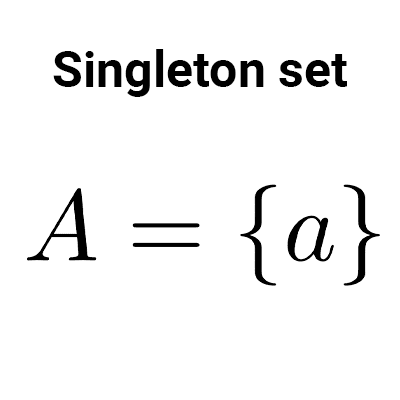
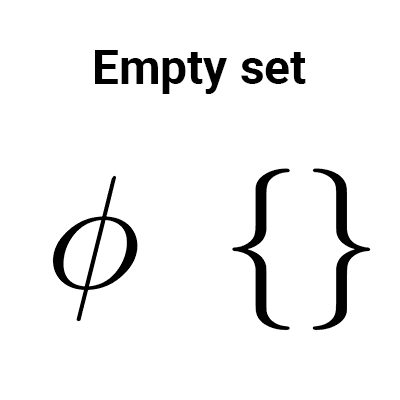
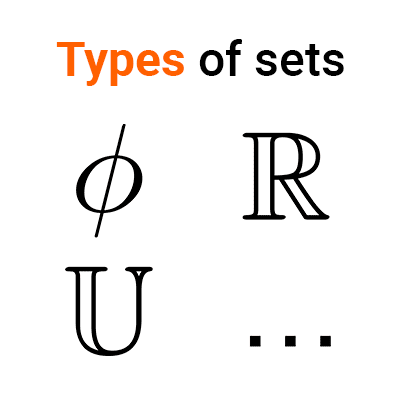
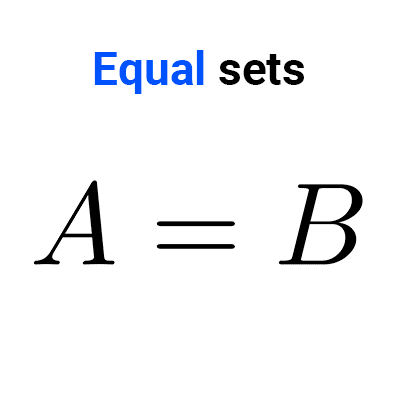
Other articles that may interest you